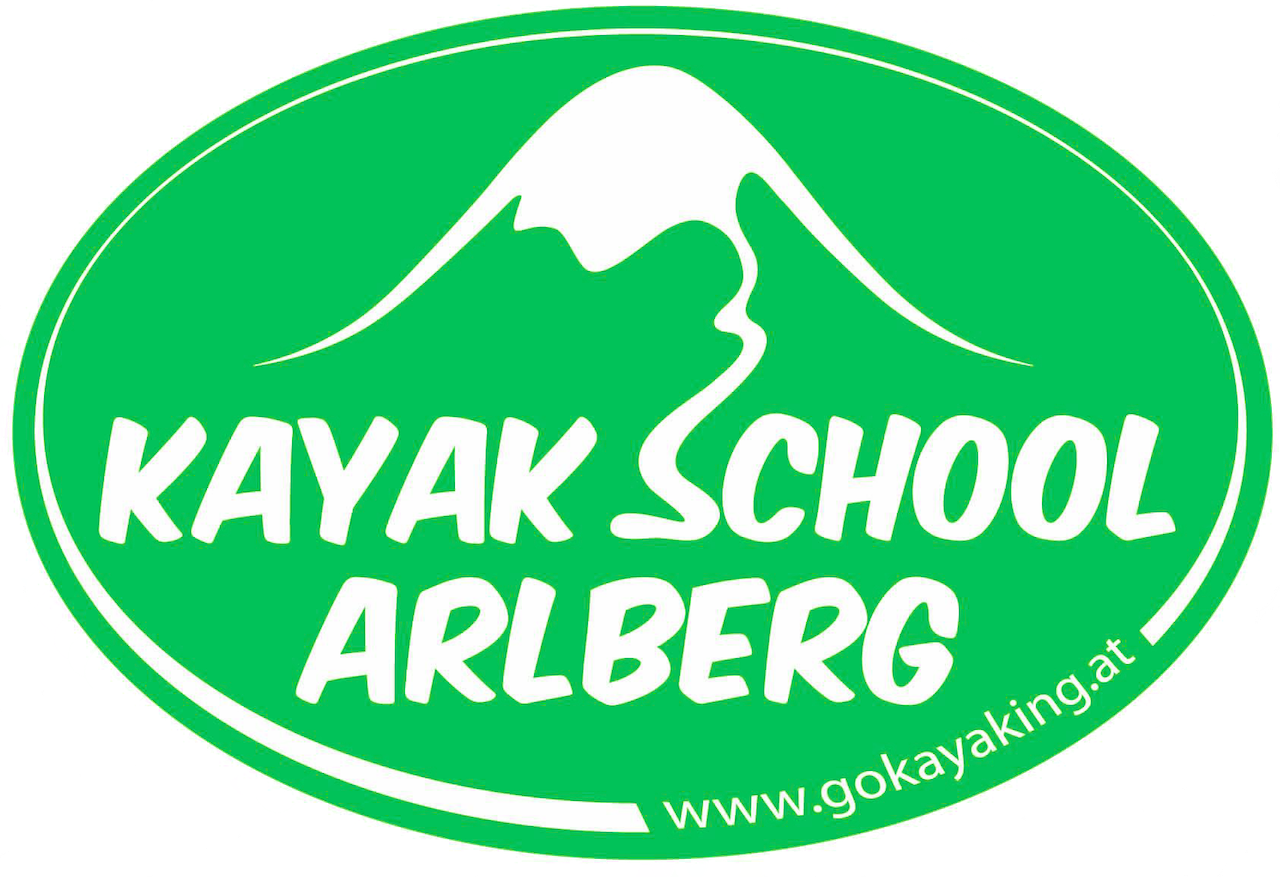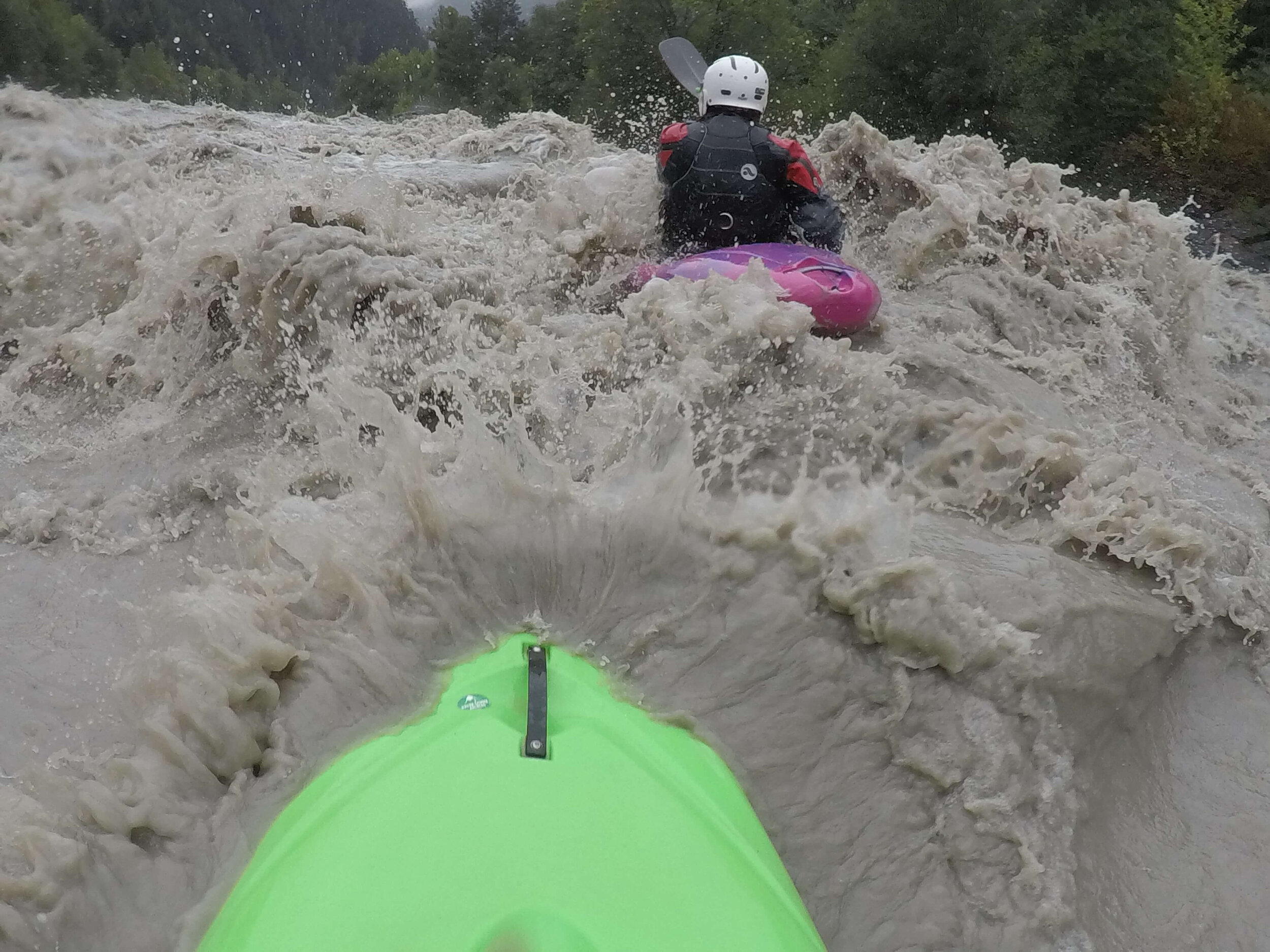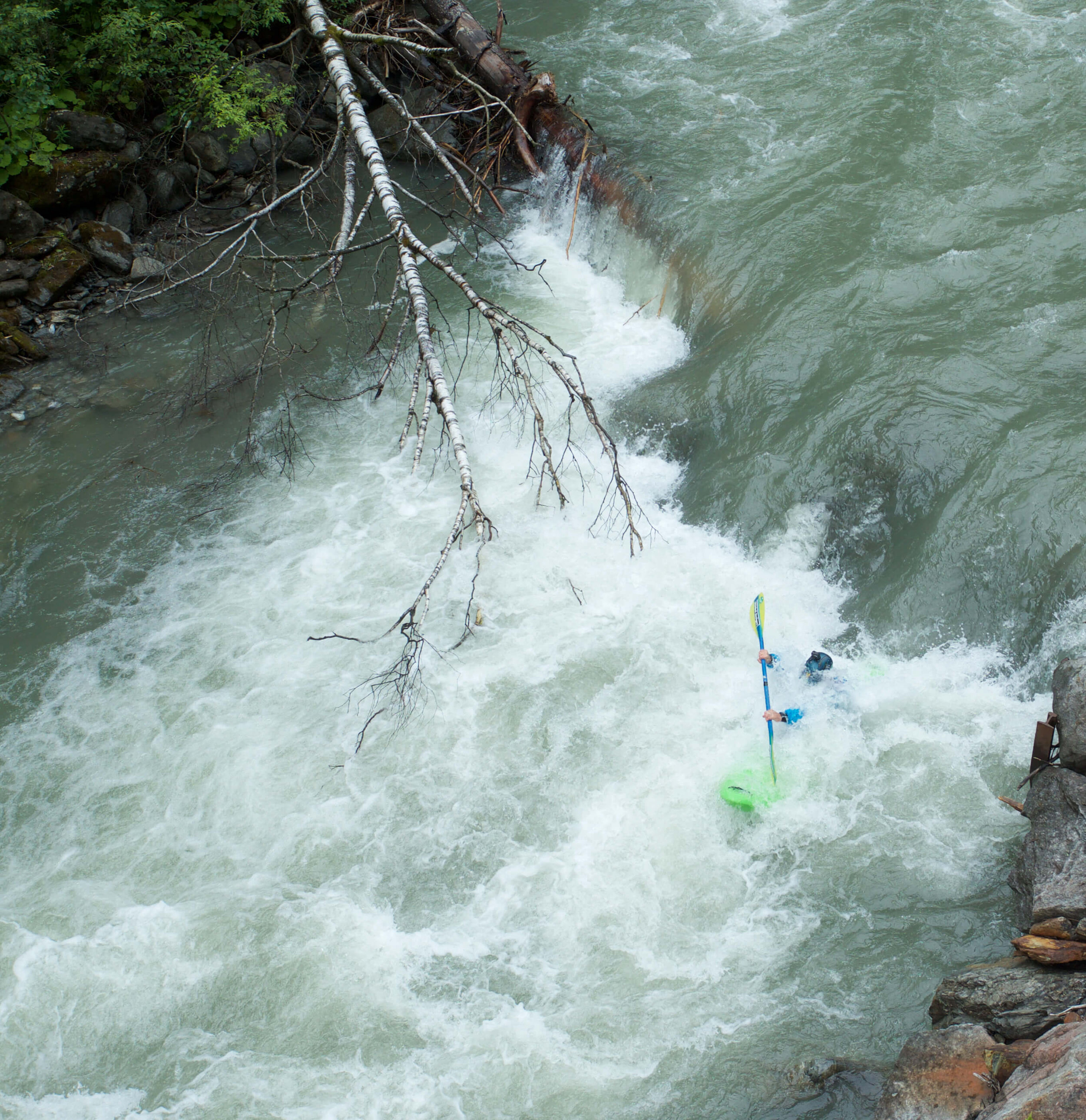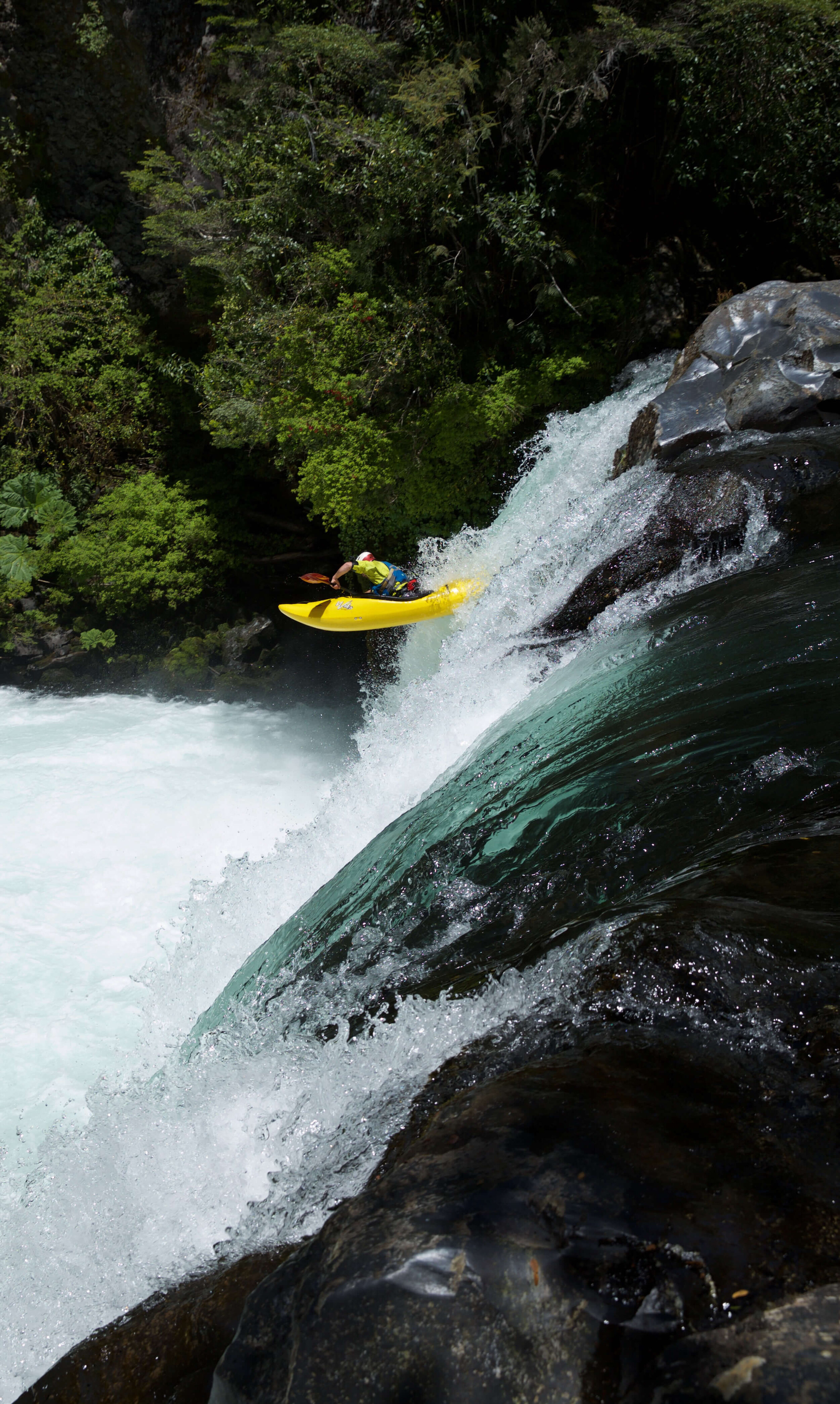River Terminology
It can be quite daunting learning so many words associated with white water kayaking, so here is a quick guide to River Terminology and their descriptions.
Think there is something important missing, drop us a line…
Big Volume
Big volume rivers can be some of the most fabulous kayaking around. Big waves, huge holes and the never ending surfing potential. However, they can also be quite intimidating and can take a while to get used to the feeling under your kayak.
Boils
Some of the most unstable features on a river! They are formed by counteracting currents making boils that are very similar to when you boil water. Getting stuck between the boils can be nerve-racking and you feel that you have lost all control of your kayak. Another way to think of a boil is like a mushroom cloud, it opens up right at the surface of the water!
Boof
An advanced kayaking technique to keep the bow of your kayak up while kayaking a drop or waterfall.
Boof stroke
A well timed and placed forward paddle stroke that is the final piece of the jigsaw of the boof!
Bow
The front part of the kayak
Bow Rudder
A paddle stroke placed towards the front of the kayak and used to change angle, direction by bringing the kayak to the open feathered paddle blade.
Bulkhead
The front foot brace that is used to help control the kayak with the legs, keeps you in a snug position and prevents your feet flying forwards when you land a big drop or waterfall.
Chicken Line
The easiest line on the river or rapid. Chicken lines come in all different classes, for instance on the Abysmo on the Rio Apurimac we were taking Class V chicken lines rather than running the harder Class V+ line.
Cockpit
The part of the kayak where you get in
Cockpit Rim
The lip around the cockpit where the spray deck fits around preventing water entering the kayak.
CMS - Cubic Metre per Second
Is a metric unit to measure the volumetric flow of a river. It can also be written as cumecs, m³/s
Drop
A smaller feature where the river looses some altitude over a short distance.
Eddy
A piece of calm water where a kayaker can rest, catch their breath, read and run the next rapid and keep control and safety of a group. It is formed on a downstream face of an obstruction.
Eddy Line
An unstable piece of whitewater with different moving currents and features including boils and whirlpools
Edges
Edges along the side of the hull of the kayak will help your kayak carve in whitewater such as over an eddy line or moving left to right on a wave. Edges also help us with ferry gliding and moving across the river.
Eskimo Roll
The art of returning the kayak back upright after flipping over
Ferry Glide
A technique to move from one side of the river to the other without loosing much distance downstream. They can be either forward ferry glides where the kayak is facing upstream or backward ferry glides where the kayak is facing downstream.
Foam pile
Think of it like the foam at the top of a beer. The foam pile is formed by the current of the river hitting an obstruction such as a rock, wall/cliff or even a drop in the river bed and piling back up.
Forward Sweep Stroke
A wide sweeping forward half moon stroke that is used to change direction, hold the line and not letting the river feature turn you off line.
Hand of God
No not Maradona in the World Cup against England, instead you grab the hand or arm of the kayaker upside down putting their hand on your cockpit thus giving the upside down kayaker the purchase to re-flip using a hip flick.
Hip Flick
A technique using your hips to re-right your kayak if upside down or it can be used to prevent you flipping over if you loose your balance.
Holes
Holes are formed by rocks, a drop in the river bed or man made (such as the weir on the Oetz River in Austria). They tend to hold you and can either give you a fantastic ride or a good beating! Again they come in different sizes and require good technique and confidence to roll back up, surf, ride or even just trying to exit them! Holes can also be known as Stoppers.
Friendly Hole
If you are kayaking downstream and you see a hole, if it is smiling at you then it is a friendly hole. What this means is that if you get stuck in a friendly hole then there will be an exit route at each side of the hole.
Un-friendly Hole
If you are kayaking downstream and you see a hole that is not smiling, instead it is frowning. It means that if you get stuck in an un-friendly hole then you are going to have some trouble getting out of it. You require various techniques, skills and courage that will hopefully get you out of such a hole!
Inherent Buoyancy
The foam that is in modern whitewater kayaks contains inherent buoyancy so if it gets punctured it will not soak up water. It is also used to stop the kayak collapsing if it gets pinned in a syphon or strainer!
Kick Flip
Performing a 360 degree barrel roll off the crest of a wave.
The Line
The main route down a rapid
Low Brace
A paddle technique that can help you keep your balance and stop you from flipping over. It is used with the dry side of the paddle blade at a 90 angle from your hips. Think of a stabiliser on a kids bike!
Main Flow or Current
The fastest part of the current where it has the least restrictions to slow it down from the banks or sides of the river.
Outfitting
The padding, moulded pieces that help you get great contact with your lower body and the kayak.
Pool Drop
A style of character on a river. It has a rapid then a pool or flat section after it followed by another rapid further downstream. These type of rivers can lead to the saying of “hold your breath kayaking” as if you flip over you wait until you get to the bottom of the rapid in the flat pool and then roll back up. Think of the Zambezi or Ottawa rivers.
Pour over
Is a feature on the river where the water pours over a rock to form a hole.
Power Stroke
A deep powerful forward stroke that can be used to keep online while kayaking through or over challenging whitewater features.
Read and Run
A type of kayaking technique where you can get a look at a rapid, drop or feature from your kayak without having to get out to scout. Read the rapid, drop or feature then run (kayak) it.
Rooster Tail
This can form part of a feature on a wave in the river. Named after the tail feathers of a cock it can be an essential part of a kayakers tactics when running a river or wave!
Sculling Draw
An advanced stroke to move the kayak sideways. The paddle blade is feathered while moving the blade in a half moon motion.
Scout
Getting out of your kayak to go and look at a rapid, drop or feature of the river.
Seam
At the joining of 2 currents of whitewater there forms a seam just like on a pair of correctly ironed trousers! It can also be quite an unstable place to be on a river.
Slide
Where the river flows over a sloping piece of rock makes a slide. Generally found on more steep rivers and creeks.
Spring Melt
This is when the river is at its highest level for a constant period, in the Alps it is when the warmer nights make the snow melt rapidly which feeds the rivers, add to occasional rain and you get some of the biggest levels the Alps can see!
Squeeze Turn
A modern technique using an long slow inside sweep stroke to enter and exit bigger eddy’s making a bigger radius of turn. If done correctly it feels as though you are squeezing the water between your paddle blade and stern of the kayak.
Stern
The back part of the kayak
Strainer
A feature where the river is flowing through trees/wood where if you were to try to paddle or swim through there is a big chance of you getting caught or stuck between the tree or wood. Strainers are caused by fallen trees or excess wood coming into the river.
Stern Rudder
Using the blade of the paddle at the back of the kayak to steer and guide the kayak. A classic technique used on a wave to surf!
Syphon
A very nasty feature on a river where rocks make a hole small enough for water to pour through but not large enough for a kayaker to pass either in their kayak or if they are swimming. Very nasty and dangerous!
T-rescue
A technique used to help a kayaker get back upright after flipping over. The rescuer comes to the aid of the upside down kayaker making a T with the kayaks.
Waterfall
A rather tall cascade of water, they can by amazing to drop or run if you are into steep kayaking.
Waves
Waves on a river can be formed by rocks, a drop in the river bed and even shifting sand on the bottom of the river. The come in different shapes and sizes but are always a joy to kayak over, punch through or surf!
Wet Exit/Swimming
Exiting the kayak while upside down after repeated attempts to roll have failed




















